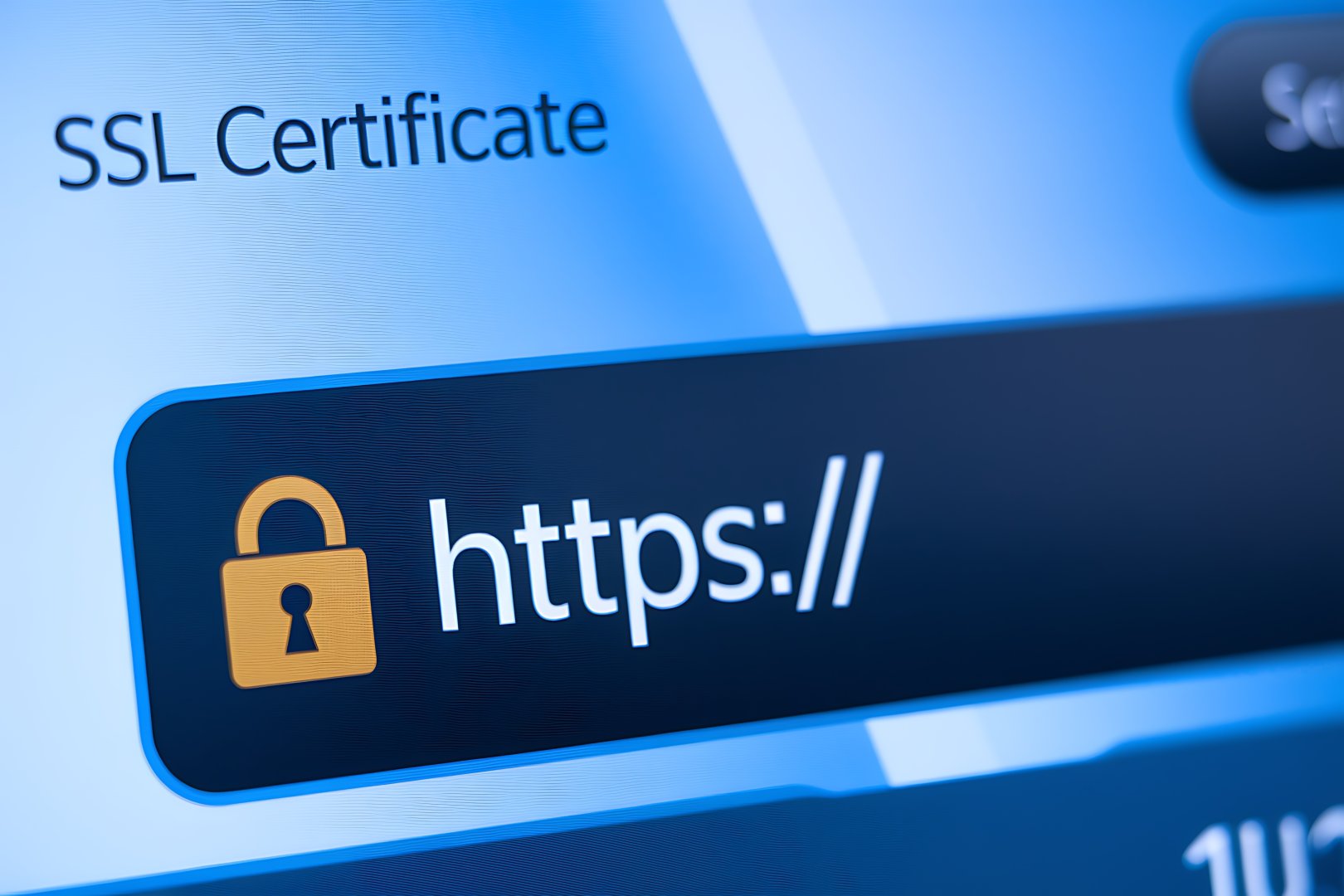Installing Let's Encrypt on Rocky Linux

Setting up SSL certificates for websites is an essential step in ensuring the security and integrity of online communications. With the rise of online threats and cyber attacks, having a secure connection between the website and its visitors is crucial. Let's Encrypt is a popular choice for obtaining free SSL certificates, and in this tutorial, we will guide you through the process of setting up SSL certificates using Let's Encrypt on Rocky Linux VPS servers. We will cover the setup process for both Apache and nginx web servers, as well as provide troubleshooting tips for common issues.
Before we begin, it's essential to understand the basics of SSL certificates and how they work. SSL (Secure Sockets Layer) certificates are used to establish an encrypted connection between a website and its visitors. They verify the identity of the website and ensure that the data exchanged between the website and its visitors remains confidential. Let's Encrypt is a certificate authority that provides free SSL certificates, making it an excellent choice for individuals and organizations looking to secure their websites without incurring significant costs.
In this tutorial, we will assume that you have a Rocky Linux VPS server with a basic understanding of Linux commands and web server configuration. We will cover the installation of Let's Encrypt, obtaining SSL certificates, and configuring Apache and nginx web servers to use the certificates. By the end of this tutorial, you will have a secure and encrypted connection for your website, giving you and your visitors peace of mind.
Installing Let's Encrypt on Rocky Linux
To install Let's Encrypt on Rocky Linux, you will need to use the EPEL (Extra Packages for Enterprise Linux) repository. The EPEL repository provides additional packages not included in the standard Rocky Linux repository. To enable the EPEL repository, run the following command:
sudo dnf install epel-release
Once the EPEL repository is enabled, you can install the Let's Encrypt client using the following command:
sudo dnf install certbot
Obtaining SSL Certificates with Let's Encrypt
After installing the Let's Encrypt client, you can obtain SSL certificates for your website. Let's Encrypt provides a simple and automated process for obtaining certificates. To obtain a certificate, run the following command:
sudo certbot certonly --webroot --webroot-path=/var/www/html -d example.com --email your_email@example.com
Replace example.com with your domain name and your_email@example.com with your email address. The --webroot option specifies the web root directory, and the --webroot-path option specifies the path to the web root directory. The -d option specifies the domain name, and the --email option specifies the email address for notifications.
Apache Configuration
After obtaining the SSL certificate, you need to configure Apache to use the certificate. Create a new configuration file for your website:
sudo nano /etc/httpd/conf.d/example.com.conf
Add the following configuration to the file:
<VirtualHost *:443>
ServerName example.com
ServerAlias www.example.com
DocumentRoot /var/www/html
SSLEngine on
SSLCertificateFile /etc/letsencrypt/live/example.com/fullchain.pem
SSLCertificateKeyFile /etc/letsencrypt/live/example.com/privkey.pem
</VirtualHost>
Replace example.com with your domain name and /var/www/html with the path to your web root directory. The SSLEngine directive enables SSL, and the SSLCertificateFile and SSLCertificateKeyFile directives specify the paths to the SSL certificate and private key files.
nginx Configuration
After obtaining the SSL certificate, you need to configure nginx to use the certificate. Create a new configuration file for your website:
sudo nano /etc/nginx/conf.d/example.com.conf
Add the following configuration to the file:
server {
listen 443 ssl;
server_name example.com www.example.com;
root /var/www/html;
ssl_certificate /etc/letsencrypt/live/example.com/fullchain.pem;
ssl_certificate_key /etc/letsencrypt/live/example.com/privkey.pem;
}
Replace example.com with your domain name and /var/www/html with the path to your web root directory. The listen directive specifies the port number, and the server_name directive specifies the domain name. The ssl_certificate and ssl_certificate_key directives specify the paths to the SSL certificate and private key files.
Troubleshooting Tips
During the setup process, you may encounter issues with obtaining or configuring SSL certificates. Here are some common issues and troubleshooting tips:
Conclusion
In this tutorial, we have guided you through the process of setting up SSL certificates using Let's Encrypt on Rocky Linux VPS servers. We covered the installation of Let's Encrypt, obtaining SSL certificates, and configuring Apache and nginx web servers to use the certificates. We also provided troubleshooting tips for common issues. By following this tutorial, you should now have a secure and encrypted connection for your website, giving you and your visitors peace of mind. If you need further assistance or have questions, don't hesitate to reach out to Falcon Internet, your trusted partner for web hosting and technology solutions.